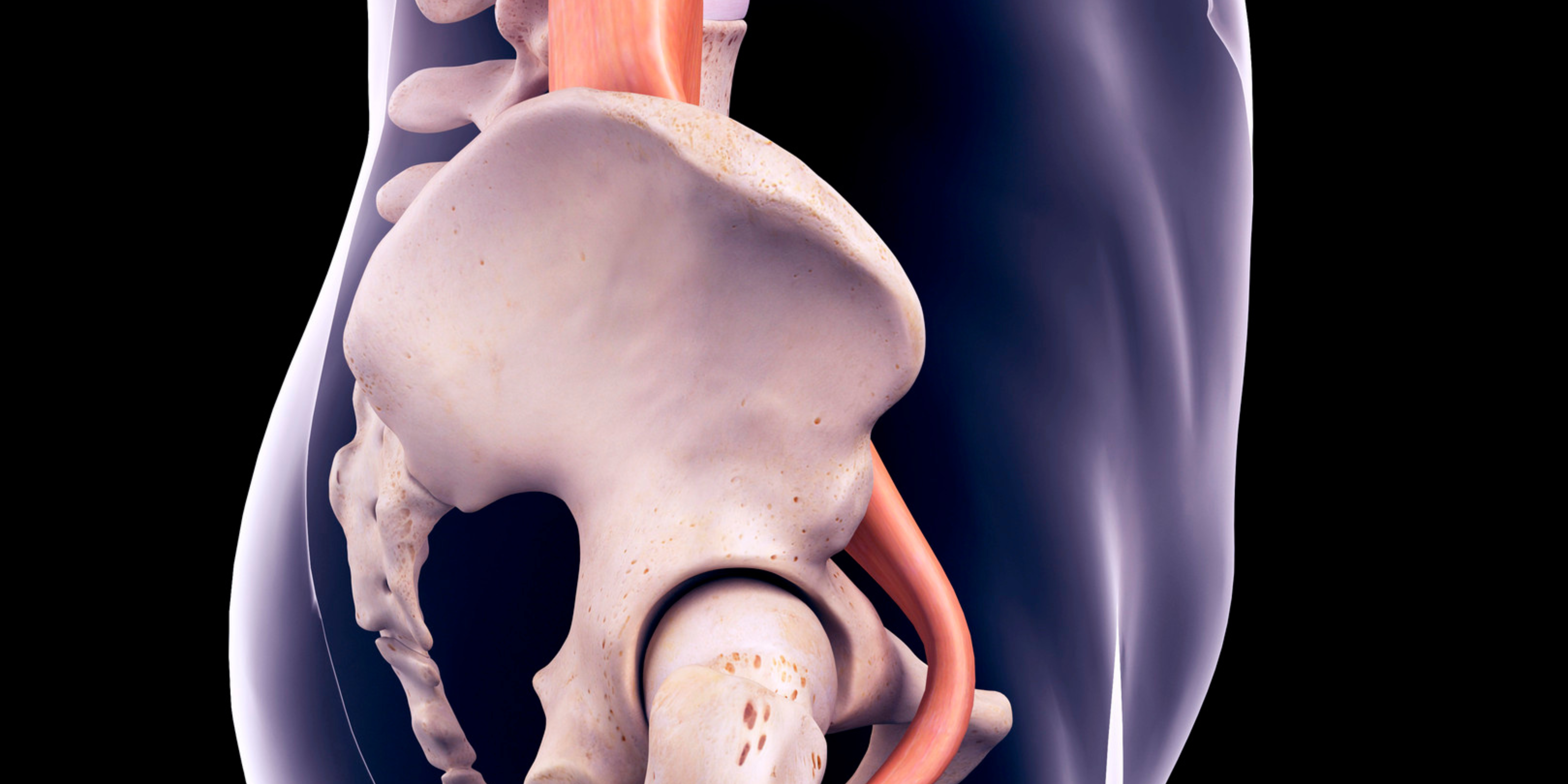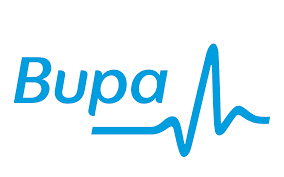Why is the Psoas muscle so important?
Written By Martin Calonico Konig, Registered Osteopath at Freedom Care Clinics Leeds.
The human body is a complex and interconnected system in which the psoas muscle plays a crucial role in maintaining balance and functionality. Anatomically, the psoas major is located deep within the core, and it’s the only muscle that attaches the trunk to the lower limb. Due to its various attachments running from the vertebrae and discs of the low back (T12-L5) down to the lesser trochanter on the inside of the femur, it is involved in several important movements such as hip flexion, stabilisation of the spine and breathing mechanics, making it therefore a very important component to achieving optimal musculoskeletal health.
Modern lifestyles, characterised by sedentary activities can contribute to weakening and tightening of the psoas muscle which in turn can lead to a range of issues including:
- Lower back/hip/knee pain – due to its attachments to the trunk and femur, if there is a weakness, strain or tightness present it can have a direct effect on back, hip and knee function. In many cases it might not be the cause of the problem, but it can contribute to it.
- Altered breathing – in the long term it can affect our ability to breathe in deeply as it shares an attachment to our diaphragm.
- Compromised posture – while simply standing, walking, or running a tight or injured psoas can cause changes to the pelvis and trunk that overtime can also lead to leg length discrepancy triggering new musculoskeletal issues.

When there is an underlying psoas injury, the symptoms can be rather vague, and therefore need a thorough assessment by a trained clinician to rule out other more severe conditions that can at times present in a similar fashion. Typically, if the psoas is injured the patient might feel a deep ache in the lower back, excessive arching of the low back, difficulty standing up straight and/or pain that radiates into the groin area. In some cases, patients also experience a clicking or catching sensation in their hip when bringing their legs from a flexed to an extended position, as the tendon gets caught on an underlying bony prominence.
Here at Freedom Care Clinics, our practitioners specialize in addressing musculoskeletal issues such as those related to the psoas muscle. After an extensive case history and assessment, treatment will be focused not only on the painful location, but above and below the area of complaint in order to correct any imbalances present. By using a range of different specialised manual therapy techniques our practitioners will address any regions with increased muscle tension, pain, and weakness. Additionally, a tailored exercise program will be provided to not only help regain mobility, but to also strengthen the area to promote long term stability and prevent injuries from reoccurring again.
If you have experienced any discomfort or weakness, try the following three exercises as recommended by our very own practitioner:
- Hip flexors stretch (Lunge)
- Place the leg you would like to stretch down on the floor but before starting the stretch, make sure to contract your abs and glutes in order to achieve a posterior tilt of your pelvis, which will help reducing any slack present in the hip flexor. All that is left is to lunge forward without arching the low back and holding that position for 20-30 seconds and repeat 2-4 times each day.
- Straight Leg Raise
- This low-load exercise is great for strengthening the hip flexors and to improve hip mobility likewise. Make sure that the leg you’re targeting is straight and lift the leg as shown in the video. Aim for 3 sets of 10-15 reps. To make this more challenging you can also drop the other leg which is supporting this movement on the floor.
- Seated Straight Leg Raise
- Sit with one leg straight or bent, while the other leg raises to 45 degrees or just above the other knee if the leg is bent. You can also put an object close to your feet as seen in the video to note improvements in range of motion. Aim to do this exercise every second day for 3 sets to fatigue or 12-15 reps.
-
- Sit with one leg straight or bent, while the other leg raises to 45 degrees or just above the other knee if the leg is bent. You can also put an object close to your feet as seen in the video to note improvements in range of motion. Aim to do this exercise every second day for 3 sets to fatigue or 12-15 reps.








